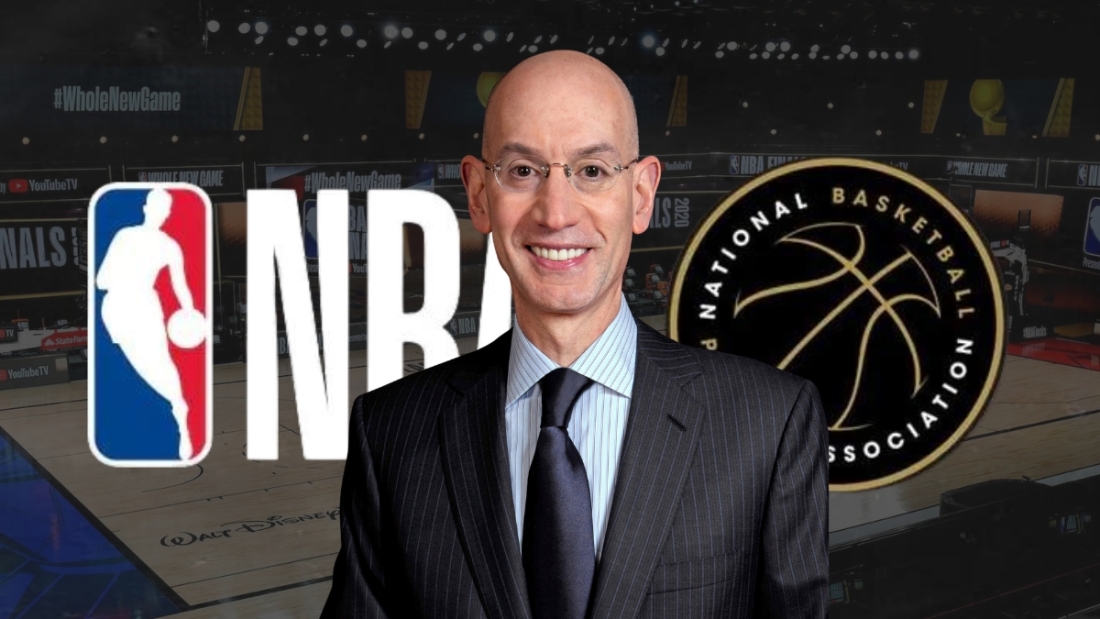Understanding the complexities of the NBA luxury tax is foreign to most fans. This tax, a component of the collective bargaining agreement (CBA), is designed to keep team spending in check and promote competitive balance within the league.
By imposing tax penalties, the NBA ensures more distribution of talent across its franchises. The luxury tax, with its various tax brackets and implications for free agency, draft picks, and trade restrictions, plays a significant role in shaping team strategies both on and off the court.
With the new CBA on the horizon, each apron triggers different tax penalties and operational restrictions for the teams. These include mid-level exception contracts, trade exceptions, and the use of Bird rights. It is a real art to maneuver through the financial thresholds to optimize a team’s roster.
:
— Adrian Wojnarowski (@wojespn) June 30, 2024
New NBA salary cap is $140,588,00
Luxury Tax: $170,814,000
First Apron: $178,132,000
Second Apron: $188,931,000
The NBA informed teams that it has set the 2024-25 salary cap: $140,588,000 million; Luxury tax: $170,814,000. Slightly less than $141M prior salary cap estimation.
— Shams Charania (@ShamsCharania) June 30, 2024
Overview Of The NBA’s Salary Cap And Luxury Tax System
The NBA’s salary cap and luxury tax system are pivotal elements designed to maintain competitive balance across the league. The salary cap is the maximum amount that teams can spend on player salaries, while the luxury tax is a mechanism that imposes financial penalties on teams exceeding certain salary thresholds.
The salary cap is set annually and is directly tied to the league’s revenue, ensuring that team spending is proportional to the NBA’s financial health. This cap is calculated based on a percentage of the projected Basketball Related Income (BRI) and adjusted according to the terms of the CBA. The system is designed to link player compensation to league economics, promoting an equal distribution of income among teams.
Luxury Tax Implications
When a team’s payroll exceeds the defined salary cap, it becomes subject to the luxury tax. This tax is progressive, meaning that the tax rate increases with the amount by which a team surpasses the threshold. The initial level, known as the first apron, triggers a less severe tax penalty. Teams must know though, crossing higher thresholds, or aprons, results in increasingly stiffer financial penalties.
These tax penalties serve as a deterrent to excessive spending by wealthier teams. Making sure we do not have the big markets make the little market teams obsolete. NBA Commissioner Adam Silver has spoken numerous times about prioritizing a level playing field and competitive balance. The revenue generated from these taxes is typically redistributed to teams with lower payrolls, further supporting financial equality within the league. Navigating the NBA’s salary cap and luxury tax system requires a deep understanding of its complexities and strategic financial planning. It impacts nearly every decision teams make regarding player contracts and roster construction. These new rules make it one of the most difficult summers to be a GM in the NBA.
The NBA “2nd apron” explained: pic.twitter.com/gPNwa9lkHj
— Tucker (@SportingLogical) July 1, 2024
2nd apron is terrorism pic.twitter.com/jWM0MO0ZiC
— D (@Yeaderr) June 24, 2024
Details Of The Second Apron
The NBA’s second apron is a significant financial threshold introduced in the 2011 Collective Bargaining Agreement (CBA). For the 2024-25 season, this threshold is set at approximately $190 million, which is about $11 million above the first apron. This new apron imposes even stricter penalties and restrictions, deeply affecting team decision-making processes.
Teams exceeding the second apron face severe constraints. Not only are they prohibited from using the mid-level exception entirely, but they are also restricted in their trade activities. These teams cannot combine multiple players’ salaries for trades, use prior year trade exceptions, or include cash in trades. Additionally, if a team remains in the second apron for three out of five seasons, their first-round draft pick for seven years out is automatically moved to the end of the first round.
Teams Impacted
Several teams have already had to adjust their strategies due to these stringent rules. For instance, the Boston Celtics, after signing Jayson Tatum and Derrick White to significant extensions, are poised to be a second apron team for the 2024-25 season. Similarly, the Golden State Warriors and the Denver Nuggets are making decisions to avoid falling into the second apron. The Warriors most recent examples would be waiving Chris Paul and sending Klay Thompson to Dallas in a sign-and-trade.
Navigating The Salary Cap
High-spending teams in the NBA face unique challenges under the new collective bargaining agreement, particularly with the implementation of two luxury tax aprons. For the 2023-24 season, teams with a payroll exceeding $182 million surpass the second apron, facing stringent constraints. These include limitations on salary matches in trades, where high-spending teams must adhere to a 110% matching rule compared to the 125% for non-taxpayer clubs. Additionally, these teams are barred from acquiring players in sign-and-trade deals if it keeps them above the apron.
The strategic landscape for these teams is further complicated as they cannot sign players waived during the season if the salary exceeds the mid-level exception of $12.2 million. This restriction notably impacts their ability to strengthen the roster during the buyout season, a critical period for playoff preparations.
New Age Of Roster Building
From the salary cap basics to the first and second aprons, teams must maintain financial flexibility. The league has fostered an environment where financial equity and competitive fairness coexist. The implications of the luxury tax system stretch far beyond mere financial compliance, influencing decisions on player contracts, trades. As the NBA continues to evolve, the adaptability of teams to these regulations will separate the good and great front offices. In five years fans will look back and remember the teams that were in a good financial position in the Summer of 2024.



Leave A Comment